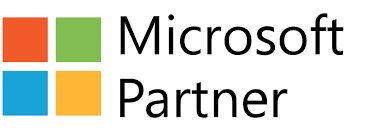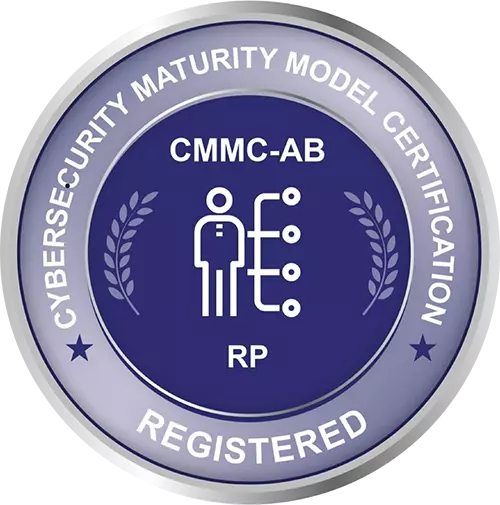
Mortality reviews can be a key component for improving patient care, avoiding health complications, and strengthening quality assurance. Yet this system of review is often found lacking, largely due to the fact that it is decentralized and inconsistent across healthcare organizations. Let’s dig deeper into why these reviews are so important, what data they include, what factors are keeping some organizations from implementing them, and what solutions are available.
NHCHC summarizes it best: a mortality review allows “medical and other disciplinary experts [to] review the circumstances of an individual death to explore root causes and identify interventions to prevent future deaths.” Each review should take into account health complications and other contributing risk factors.
Health complications can include pre-existing or chronic conditions, as well as pandemic-level events. Risk factors can include (but are certainly not limited to) delays in care and communication, overcrowded or unavailable provider space, infections that occur during provider admission, errors due to medical data or malpractice, and complications following post-op procedures.
While the quote above references mortality reviews for the homeless, the same methodology can be used to benefit patients of all backgrounds. This includes allowing providers and communities to:
- Understand the circumstances of cases
- Determine if cases could have been prevented
- Improve the quality of care and delivery of services
- Identify and address systemic issues
- Design best practices to reduce preventable deaths
- Evaluate the effectiveness of unedified intervenient (National Health Care for the Homeless Council. January 2021. Homeless Mortality Data Toolkit.)
Making sure that a team is available to perform these reviews is certainly important, as are the ways in which they can verify the accuracy of their data. To that end, mortality reviews are best conducted by interdisciplinary teams of healthcare professionals, ranging from physicians, administrators and nurses, to EMTs, pharmacists and coroners. Getting input from each of these specialties will allow organizations to identify and understand patterns of disease. In some cases, notes NCBI, it also indicates gaps in care quality.
Mortality reviews often involve manually pulling and organizing a great deal of patient information, otherwise known as medical records abstraction. This information usually includes diagnoses, prognoses, treatment, and chart data that can provide a full picture for each patient’s case and care plan.
On a local level, these reviews allow closure for family members of the deceased, while keeping healthcare providers accountable. But they (and, by extension, death certificates) also demonstrate influence on a much broader scale when it comes to funding research and determining public health policy at a state or national level.
Some of the calculations that these reviews should share are root cause analyses, mortality indexes, and mortality rates.
Mortality is measured using the mortality index, which is derived from the percentage of observed mortality divided by the percentage of expected mortality. It is important to note that the mortality index isn’t a like-for-like comparison, as the types of patients, illnesses, health complications, and risk factors can all vary. Ideally, a provider is aiming for a score that is less than one. This indicates that more patients survived than originally predicted.
Note: Observed mortality is the percentage of actual deaths divided by the total number of patients.
Mortality reviews have limited benefits if they’re only established within a given department, rather than made uniform across an entire organization. Their time and labor requirements may also exceed the available bandwidth of in-house healthcare teams. This is especially true for those providers that are already experiencing busy schedules and high levels of stress due to the current health climate. In particular, we’re referring to:
High Nurse Turnover. COVID-19 was the deciding factor for many registered nurses to leave specific providers or retire early. According to Becker’s, the average US hospital has turned over 90 percent of its workforce since 2016, and 83 percent of its registered nursing staff. When taking the turnover costs of a bedside RN into consideration, this translates to an average annual loss of $3.6 million to $6.5 million per hospital. Not only is time and effort required to hire and train new nurses at these locations, the turnover process can easily disrupt established reporting procedures that were already in place.
Physician Burnout. Since before the pandemic, doctors have been suffering from an influx of paperwork. This can lead to an increase in delayed care and inaccuracies in reporting.
Medical Examiner Shortage. Some healthcare organizations are seeing growing backlogs of autopsies due to a lack of available medical examiners, largely as a result of the pandemic. These deaths range from COVID-19 to increased rates “of homicides, overdoses and even traffic-related fatalities,” according to The Pew Charitable Trusts.
Whether organizations are looking for ways to implement mortality reviews, or trying to improve their current systems for them, the first step may be to address the pain points above. Here are some suggestions:
Telehealth Services. These were essential for maintaining patient care during COVID lockdowns and subsequent social distancing, while allowing patients with the most immediate health concerns to be seen in person. Now these services are continuing to free up needed bedspace, as well as allow physicians more flexibility in their scheduling and reporting.
Remote Patient Monitoring. RPM has become a popular means of managing patients with chronic care because they allow physicians and nurses to monitor patient vitals using wearable devices that patients take home with them. This reduces the number of necessary in-person visits until data demonstrates potential health concerns that warrant physician evaluation. RPM devices provide an early warning system so that patients are seen before complications arise. This improves value-based care, and offers healthcare providers opportunities for reimbursements.
Outsourced Medical Record Review Services. This is where HCRS can be a healthcare organization’s greatest asset. We’ve partnered with hospitals, clinics, government agencies, and public organizations to oversee the management and accuracy of their medical records and mortality reviews. Our medical abstractors and coders are certified by the American Health Information Management Association (AHIMA), widely considered the optimal level of recognition for this type of reporting.
If you need help with your mortality reviews, here’s the care your organization will receive if you request our services.
Our network of highly qualified professionals will conduct your mortality reviews with sensitivity and thoroughness. Our main objective is to enhance the level of care that your staff members already provide, while simultaneously relieving them of the burden of abstraction and records review. We offer a complete analysis and assessment of all patient data before presenting you with our findings and recommendations.
Beyond our team’s expertise, we also utilize the latest technology for tracking and measuring these improvements. We maintain the core values of a robust cyber defense so that your patient data is managed and protected. As a Registered Provider Organization (RPO), our knowledge of cybersecurity is so broad that we’re able to advise other healthcare organizations on how to meet the government’s latest requirements for CMMC (Cybersecurity Maturity Model Certification).
Are you ready to map out improvements for your own mortality reviews? We’re ready to help you. Contact us today to schedule an introductory meeting and learn more about the solutions that are available to your team.







Who We Are
Services
Career Opportunities
Interested in applying for a job with us? HCRS offers competitive compensation and benefits and hires a wide range of professionals. Apply Here

8601 Robert Fulton Drive, Suite 130 | Columbia, Maryland 21046 | Office: (301) 497-1187 Fax: (866) 384-2303
Copyright © 2025 Healthcare Resolution Services, Inc. All rights reserved. | Privacy Policy
